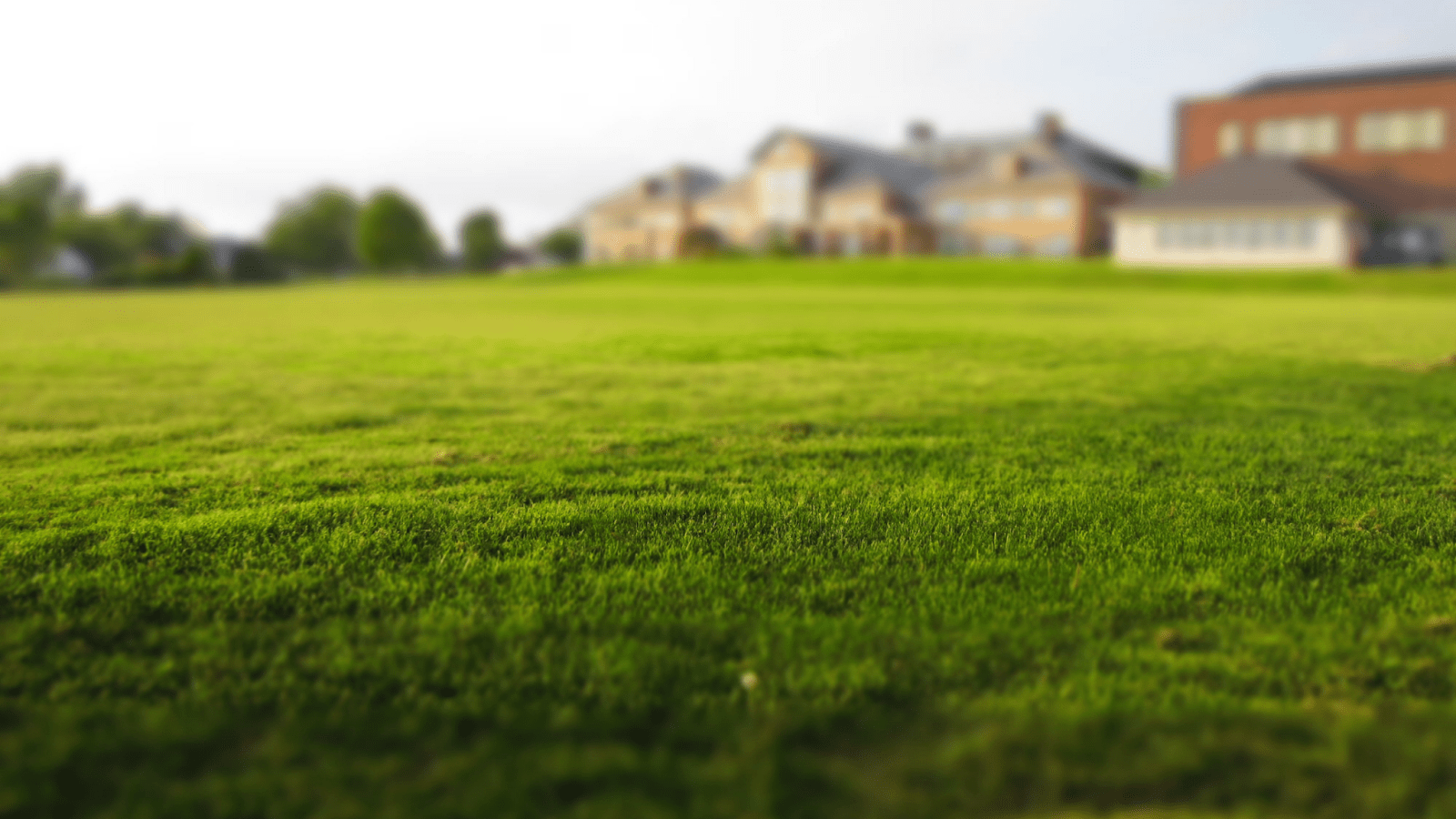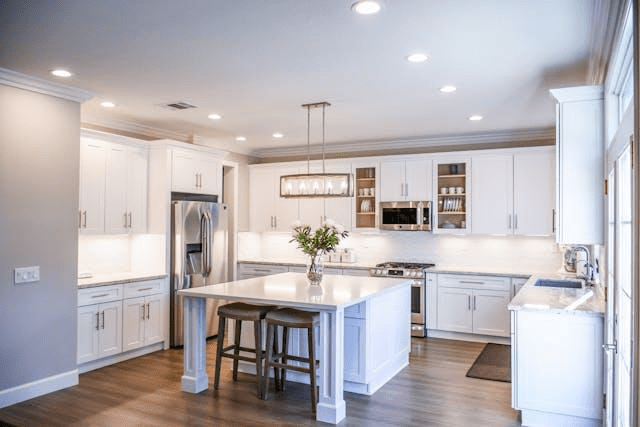Whether you’re looking to lay down a new lawn or refurbish an existing one, the decision between natural and artificial grass can be a tough one. Both options have their merits. Maybe you’ve pondered the idea of planting fresh sod or have your eyes on the rich appeal of bermuda grass sod . Today, we’ll delve into the world of grass – real and synthetic – to help you make an informed decision. Let’s explore what each offers, weighing the benefits against the drawbacks, and find the perfect green for your outdoor oasis.
Natural Grass: The Green You Know
Pros of Natural Grass:
- Feels Authentic: There’s nothing quite like the feel of real grass underfoot. Natural lawns have an organic texture that is pleasant and grounding.
- Eco-Friendly: Grass absorbs carbon dioxide and releases oxygen, making your garden a little eco-haven.
- Cooling Effect: Natural grass has a cooling effect on its surroundings, making it perfect for hot summer days.
- Variety: From the lush bermuda grass sod to the resilient floratam grass, there’s natural grass to suit every need.
Cons of Natural Grass:
- Maintenance: Regular watering, mowing, and fertilizing are essential to keep a natural lawn looking its best.
- Pests & Diseases: Lawns can be susceptible to pests like grubs or diseases such as fungal infections.
- Water Consumption: Natural grass can consume a significant amount of water, especially in dry climates.
Artificial Grass: The New Green in Town
Pros of Artificial Grass:
- Low Maintenance: No need for regular mowing or watering. Once it’s laid, it requires minimal upkeep.
- Long-Lasting: With the right care, artificial grass can last for more than a decade, making it a durable choice.
- No Pests or Diseases: Say goodbye to the worries of lawn diseases or pest infestations.
- Consistent Appearance: Artificial grass remains uniformly green and neat, irrespective of the weather.
Cons of Artificial Grass:
- Feels Synthetic: As good as it might look, artificial grass can never replicate the feel of natural grass.
- Heat Absorption: Artificial grass can get pretty hot in direct sunlight, making it less than ideal for barefoot strolls during summer.
- Not Biodegradable: Being synthetic, it doesn’t break down easily, which can be an environmental concern when it’s time to replace.
- Initial Cost: The initial investment for high-quality artificial grass can be on the higher side.
Considerations When Choosing Between the Two
- Purpose of the Lawn: If you want a play area for kids or pets, natural grass might be more comfortable. However, for purely aesthetic purposes or in high-traffic areas, artificial grass might be the better bet.
- Climate: If you live in a dry area, maintaining a natural lawn can be a challenge. In such cases, the low water requirement of artificial grass can be a boon.
- Budget: While artificial grass might have a higher upfront cost, its low maintenance can make it cost-effective in the long run. On the other hand, if you’ve seen sod around and are on a tight budget, starting with natural grass might be the way to go.
- Desire to Enhance Lawn Naturally: If you’re keen on enhancing your lawn using natural flora and fauna, natural grass offers the flexibility to do so. For instance, floratam grass is known to resist chinch bugs and certain other pests, making it an excellent choice for those keen on natural enhancement.
Conclusion
Whether you lean towards the traditional charm of bermuda grass sod or the convenience of artificial turf, the choice ultimately depends on personal preferences, usage, and local conditions. The key is to weigh the pros and cons carefully and select the option that aligns best with your needs. Whichever you choose, the right care and attention can make sure your lawn remains the crowning glory of your outdoor space.










